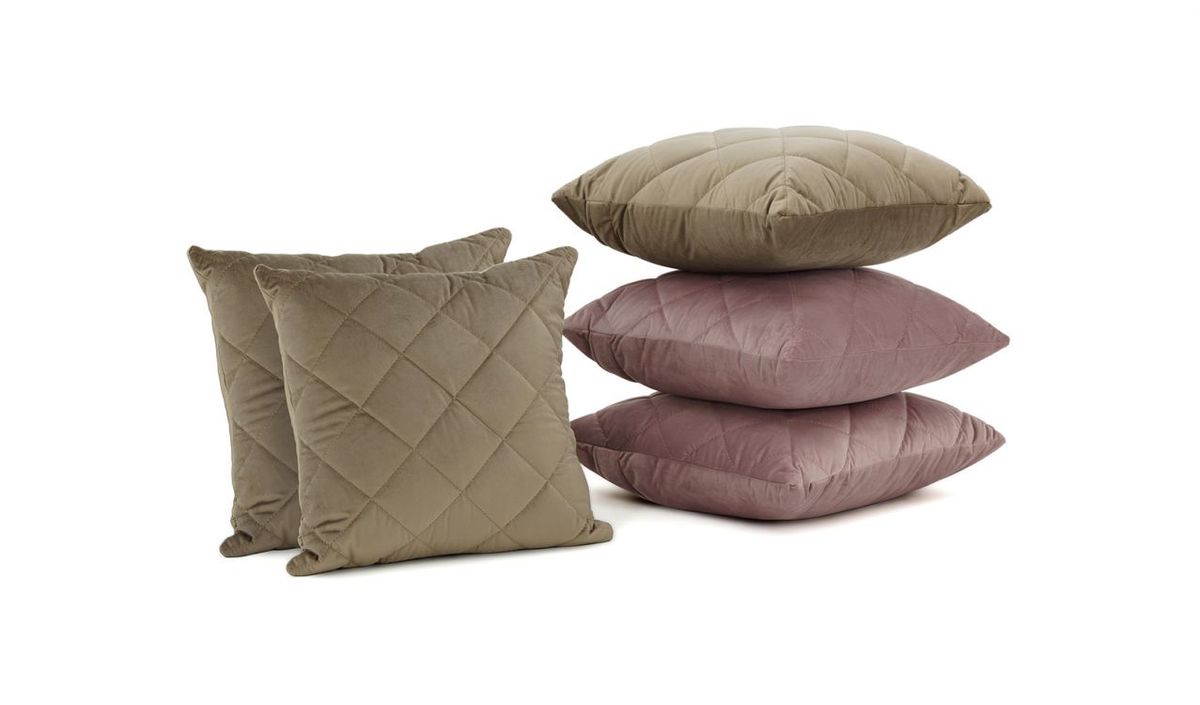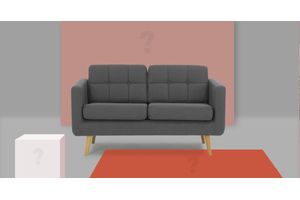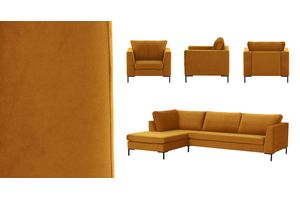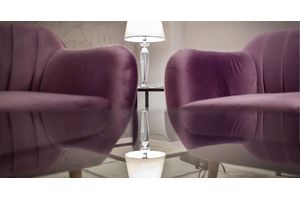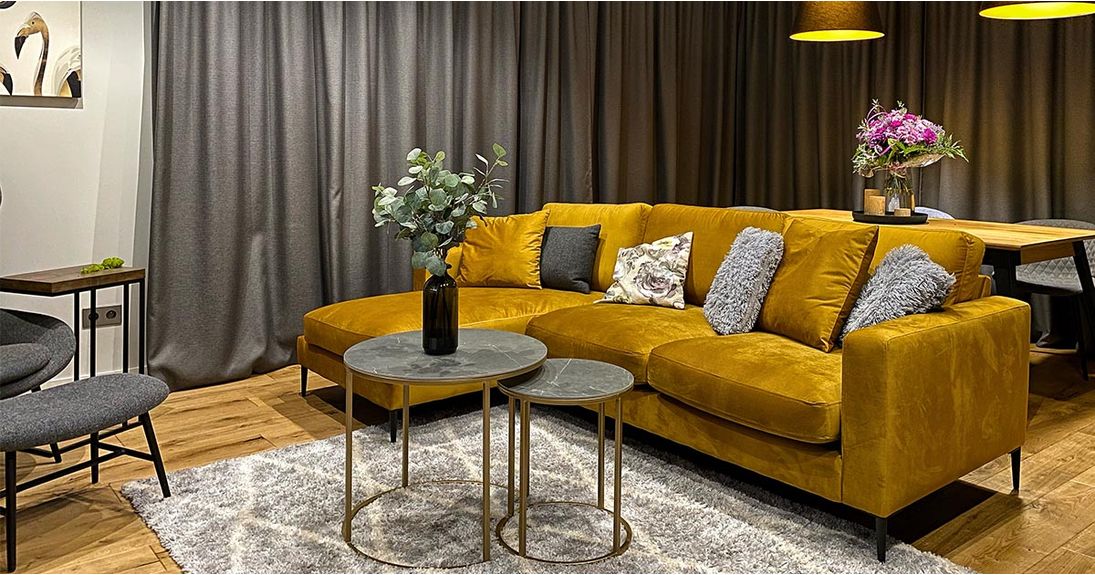
How to arrange furniture in your living room

The living room is the place in your home where you relax and socialise with family and friends. Therefore, it should be furnished to be both functional and comfortable. We look at how and where we can place your furniture to achieve the ideal comfort zone.
How to achieve a successful layout
The interior of the living room should be cosy, beautiful, and functional. How to create this much depends on our tastes and preferred style. However, there are a few universal tips:
- focal point – establish where the focal point is and arrange the furniture around this, whether this is the fireplace, window or tv.
- social area – ensure the seating is arranged in such a way to create a comfortable conversation area
- flow – make sure there is enough room to move through the room without encountering awkward obstacles
- colours – select a colour palette and stick to it, to create a cohesive look
- open or closed space – if the living room is open plan, create zoned areas to define the space.
- lighting – in the living room it is worth having a variety of lighting options, such as lamps and dimmers, so you create a cosy low-level light in the evening and a brighter space in the day.
- textiles – adding throws, rugs and cushions will add depth and cosiness to the space.
Which furniture pieces to choose for the living room
The living room and its layout depends to a large extent on the furniture - its size, style, colour and functionality. Whilst a few years ago, the rules for creating the perfect living room were to have matching furniture, this is no longer the only option. Often the most successful interiors have a combination of designs, that are pulled together by either colour, pattern or style.
Choosing a matching range of furniture such as 2 sofas or a sofa and armchair is a simple way to ensure consistency in your interior. The key is to make sure the furniture is the right size and shape for your space. Choosing a pair of armchairs to maybe frame a window area is a very fashionable look in interiors at the moment; or select a pair of matching sofas and place them opposite each other to create symmetry and harmony in your room.
Take into account the size of your room, selecting the appropriate size so you don’t overwhelm the space, such as by placing a large proportioned grand sofa or conversely, you wouldn’t want to place too many slim chairs in a larger open plan room. If you have a smaller living room, choose a sofa with longer legs to optically enlarge the available space.
Once you have chosen the main seating furniture pieces, then you need to decide on the more ancillary pieces, such as coffee and side tables. This is where the functionality needs to be considered. How and who will be using the living room and what is needed for placing cups, glasses, snacks, books, and remote controls on. Do you want storage for magazines for example, or a quick tidy option when unexpected guests arrive? If so, it may be worth considering a storage footstool, such as the Magnus.
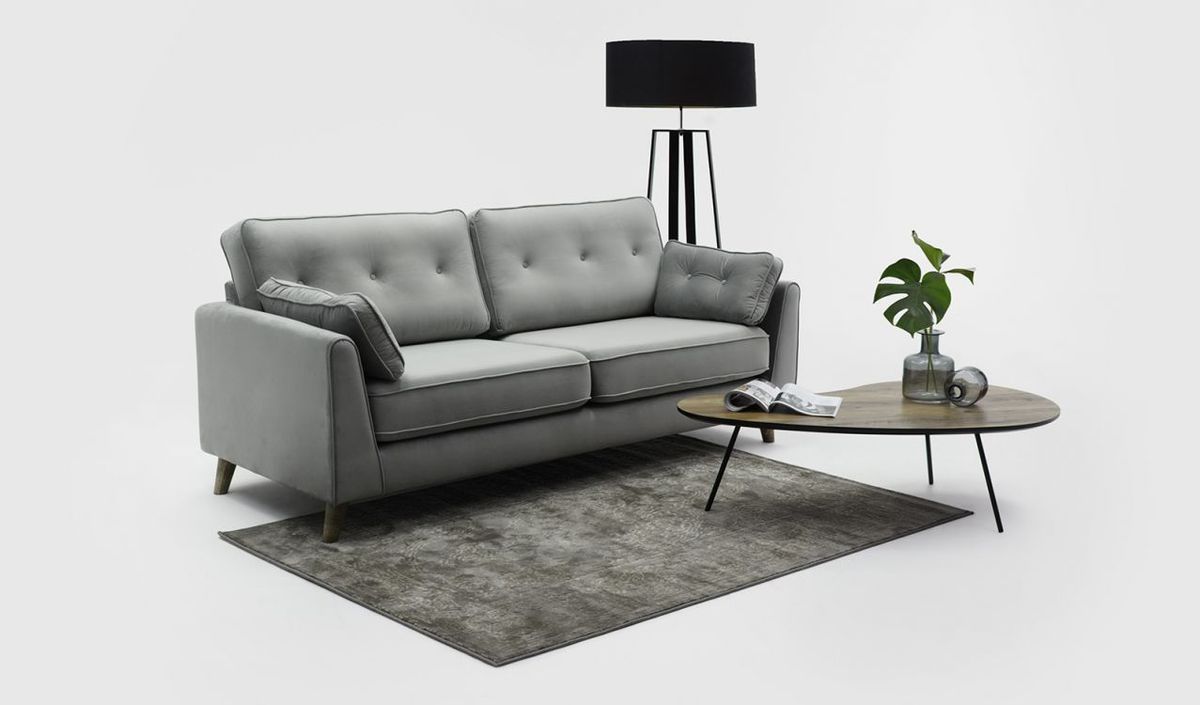
How to arrange furniture effectively in a living room
When a room is empty, it can seem daunting and a little overwhelming, to know where to arrange everything. It doesn't come naturally to everyone, so a beneficial idea when deciding where the furniture is going to be placed in a room, is to draw up a plan and measure the footprint of the furniture. This way, you can easily move it round the room on the plan first, to see what it looks like before you commit to buying anything. Evaluate the space. In a very small living room, large sofas and sizeable armchairs will not work, but a corner sofa and pouffes could be a good solution. The second is the shape of the living room. Narrow and rectangular can be a bit more challenging to arrange than a square one.
Often the most logical placement of larger furniture pieces such as sofas and armchairs is against the wall. However, if you want your room to look bigger, pushing all the furniture up against the walls isn't always the way to do it. It may seem counterintuitive, but it can make the centre of the room feel too empty, as well as soulless. Pulling the furniture away from the walls can make the area more intimate and create a more balanced look. Even in a small room, you can give the furniture some space to create cosiness.
Having a focal point in your living room can anchor the scheme and creates a natural area to centre the main furniture pieces around. Sometimes it is easy to see the focal point, such as a fireplace or ornate window, but sometimes it needs to be created. Without a main feature the room can appear cluttered and unbalanced. Distribute your furniture evenly throughout the space though. For example, if you have a sofa on one side of the room, you should balance it with something visually similar on the other. This can simply be a matching sofa, but equilibrium works equally well with a pair of chairs of comparable proportions or a bookcase.
The importance of traffic flow in an interior shouldn’t be disregarded, even in smaller rooms. Think about how people move around in the room. We want to make sure there is no awkward placement of furniture that makes for problematic manoeuvring, just to access other items in the room. While we are discussing layout, it is most important to think height as well as floor space. For example, it is essential that windows aren't obscured by tall chairs or a high back sofa. Natural light in a room makes a space feel bright and welcoming.
Living room décor tips
- Accessorise to enhance, not to clutter.
- Choose colours to suit the style of your home to ensure a calm and serene flow
- Install a variety of lighting options, allowing you to change the mood easily
- Select furniture with suitable proportions for the space
- Compile a mood board with your favourite styles and colours
- Base all your decisions on you and your households preferences – it’s you that has to live with your choices!
